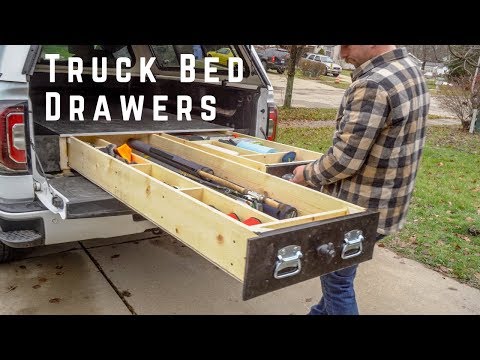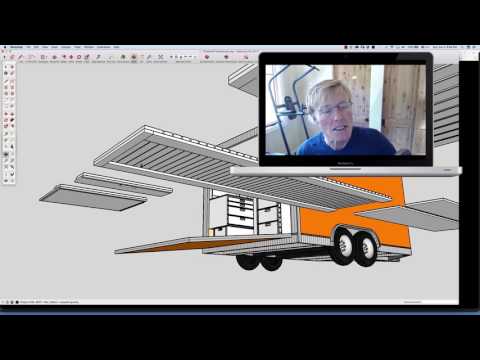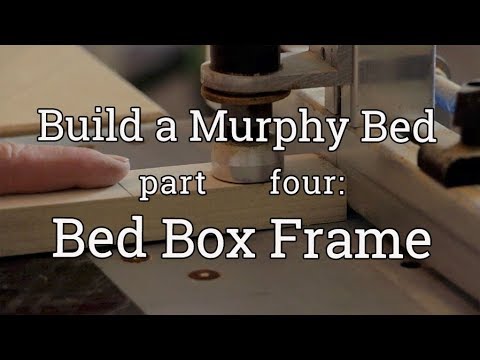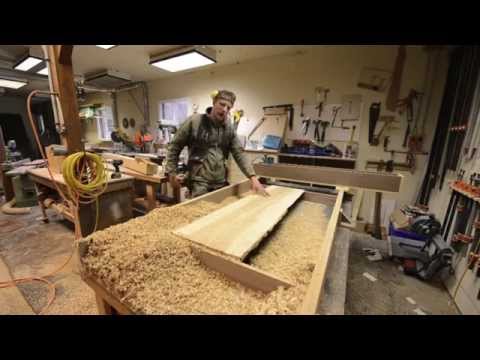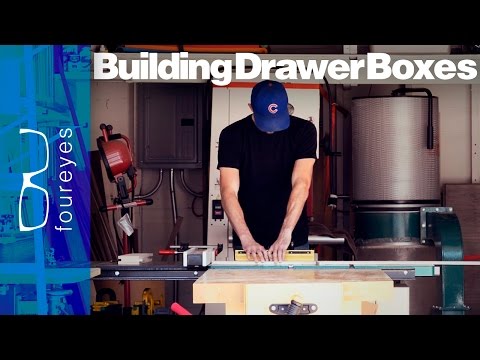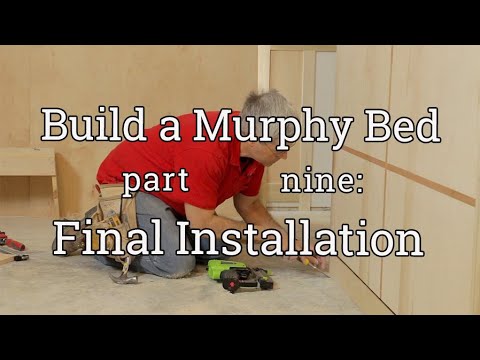Kitchen cabinet carcasses are just four-sided cubes made with plywood and simple joinery. Repetition is the name of this game.
We dive into Frank Howarth's kitchen remodel to watch him make the boxes for his custom kitchen: bottoms, sides, and backs are made with plywood and solid edgebanding. There is nothing fancy here except making sure the pieces are cut to the right measurements (and making sure the measurements are right in the first place).
OFFICIAL TRANSCRIPT:
So it’s time to start making the cabinets. I got some maple veneer plywood to make the basic boxes for the cabinets.
Cut the cabinet bottoms first, to use as a layout tool
I am going to start by making the bottoms of all the cabinets. That will let me fit the bottoms in place and make sure that the cabinets are going to fit in the space for the kitchen.
For the cabinets that are going to be drawers, I made the bottom as a frame. This is because the bottom is not really needed, because there will be a drawer there. So you will never see this hole when you are using the kitchen.
And this will let me use less material for the cabinet, it will make the cabinet lighter, and it will make it a little easier to work with because I will have a handle at the bottom.
And it will allow me to have access into the base below the cabinet—because I am going to have a lot of wiring and plumbing down there, so it would be nice to be able to get into that space in a few spots. So the frames are just jointed at the corners with a biscuit.
And I made them a little bit big, so once they are done, I can cut them down to size and they will be perfect at that point.
Cut the cabinet sides
The next thing to make is the sides, or, the vertical parts of the cabinet. I’ve cut down two 4x8 sheets and I got two pieces that will be the height that all the cabinets will be, which is about 2 foot 7 in., which is longer than half the width of a 4x8 sheet.
So what that meant is that I ended with two shorter sections, and I decided I could put those together to get a third panel to cut out the sides that I needed.
They will have a seam in them, but it’s not that big a deal, it will save me a lot of plywood to get a little more material out of the sheets that I had. I thought about gluing it back together as an eight-foot sheet, but it was hard to get a tight joint. So I cut the pieces closer to the length I would need for the sides of the cabinets, and then glued those together.
And the joints were much better doing it that way.
Then once those were dry I could cut them to the final width. The widths of the various cabinets vary a little bit so they are not all exactly the same width, but they are pretty close.
Edgebanding goes on before the boxes are built
The other thing I wanted to do was to make the edging for the plywood where you had to see the edge
So I got a piece of maple and I planed it to the thickness of the plywood. From there I could cut it into strips that could then be glued to the plywood.
I’ve done this after the boxes were together and I think it is a little easier to do this way where you put the edge on before you put the box together because then as you are cutting the final sizes for the pieces of the box, you are also cutting the edging.
So you are not trying to fit the edging perfectly to the box once it is together.
I just glue this on and some pin nails to hold it in place. And the pin nails are really small so you do not really see them on the face of the edging.
And this edging will be behind the drawer faces and the door, so it will not take a lot of abuse.
Cut dadoes to house the cabinet floor
Now I wanted to put a dado into the bottom pieces to receive the sides of the cabinets.
Mostly so the sides will have a place to go as I am putting the cabinets together. And it’s pretty easy to do.
One box will have two banks of drawers, and I wanted the drawers to be exactly the same width so I wouldn't be fiddling around with different-sized drawers, so I centered a dado on that bottom.
Cut the cabinet backs from less-expensive plywood
The last major parts to make were the backs to the cabinets
The backs are made with 1/2 inch birch plywood. They didn't have the maple plywood in the 1/2 inch, so I got the birch, which looks almost exactly the same.
It was basically the same thing where I cut the height—because that was going to be the same for each cabinet and then I cut the width for each cabinet.
Assemble the cabinets with glue, brads—AND screws
And then it was finally time to start putting all the pieces together.
I started by attaching the sides to the bottom and then putting the back on to hold it rigid. I like to do glue and then nails to hold the piece together then come back with screws and really make it stronger. I think this was the way Norm used to do it on his show.
The second box I made was the corner, which was a little more complicated because it wasn't a simple depth, it had more of a three-dimensional shape or sizing to it so you could not really lay it flat on one side and work on it.
For now, the box under the sink is just a simple box but it's going to have a lot more to it—like the structure to hold up the sink—and the cabinet’s going to go behind where the door is on one side … once I make it, we will see what that looks like. It’s going to be more than just a simple box.
So those are the boxes for the cabinets, next, I will do drawers and the facing for the drawers. Once that is complete, I can take everything up and install it in the kitchen.
—Frank Howarth is an architect, YouTuber, woodworker, and serial home remodeler
